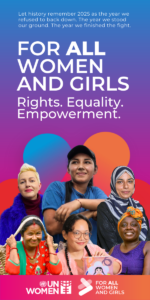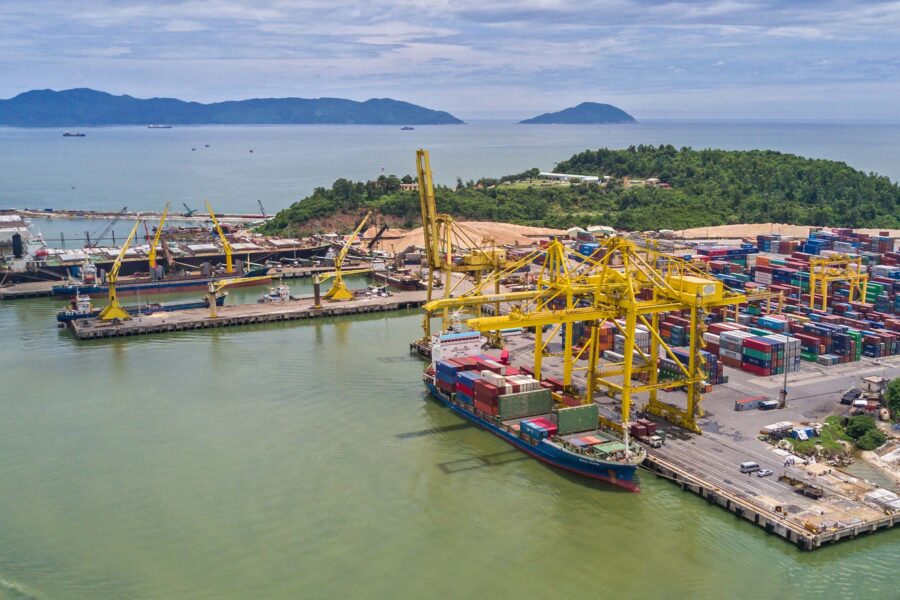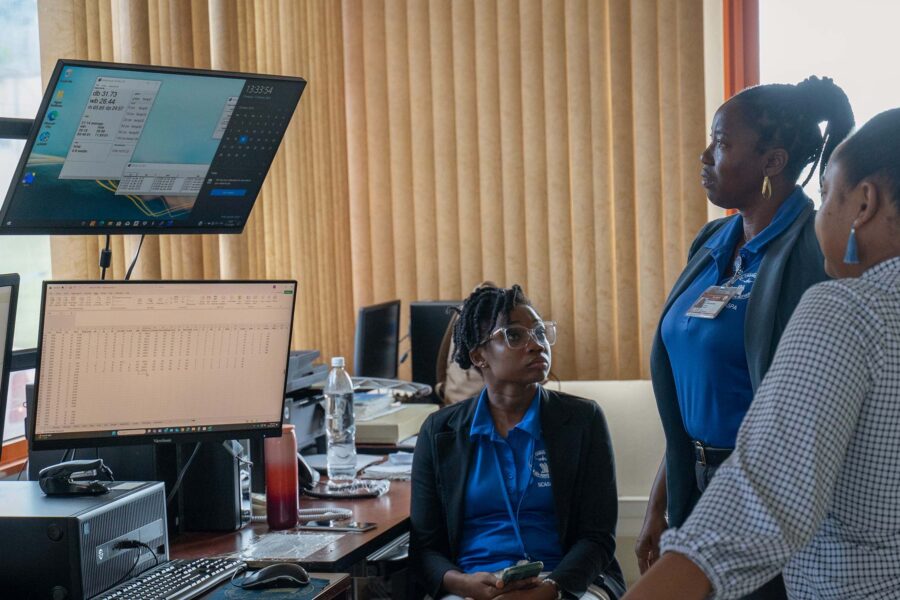Aligning corporate ambition with the SDGs
While companies have embraced the aims of the SDGs, embedding them into their business operations is another matter entirely. The optional nature of the SDGs is one key challenge, but the greatest hurdle is understanding how to apply SDG indicators to day-to-day business operations
Climate

We are pushing against an open door. Awareness is rocketing, supported by an increasingly sophisticated investor community – as well as by educational initiatives like the United Nations Sustainable Development Solutions Network (SDSN) – of the strategic role that the United Nations (UN) Sustainable Development Goals (SDGs) can play in the ecological transition of the business world.
This realization is being writ large in the numbers-and-narrative world of annual and sustainability reporting. Companies, increasingly mandated to disclose against climate risk and mitigation, nature-related events, and energy use, are honing their climate change and sustainability strategies. They recognize the financial need to move to business models that are both feasible and profitable in a greener economy. Chief Executive Officers (CEOs), Chief Financial Officers (CFOs), and (increasingly) Chief Sustainability Officers are gravitating towards internationally important frameworks like the SDGs, both as a “plug and play” structure for guiding strategy, and to signal their engagement with the global political, economic, and scientific discussions making front-page news.
Business momentum towards the SDGs is strong. The headline figures (from KPMG’s 2020 survey of sustainability reporting) are impressive: the SDGs were launched in 2015, and by 2017, a full 43% of Europe’s top 250 companies were connecting their business activity with the SDGs in their reporting. The number in 2020 was 72% – a further jump and an objectively high number given that the SDGs are broadly voluntary. But there is still a long way to full coverage, and small-to mid– size companies, with less regulatory and investor pressure on reporting, will be the slow tail of adoption.
But quality is more important than quantity. The devil is in the detail, and here we see a drop in ambition and outcomes. The same KPMG report flags that “SDG reporting is mostly unbalanced and often disconnected from business goals.”
The SDGs are frequently mentioned in the front end of corporate reporting, but do not always have an impact on the back end – where all the year-on-year financials are stored. The bold and beautiful SDG roundel is not being materially linked to the business model, or to current and future drivers of value in the business. Indeed, by far the most prioritized SDG reported on by the KPMG sample is SDG 8 – promotion of inclusive and sustainable economic growth, full and productive employment, and decent work for all – a target which many companies will feel is embedded in their current activities and requires little or no additional action. Accusations of “SDG washing” or “rainbow washing” are increasingly prevalent. Investors and consumers alike are becoming more savvy at understanding what constitutes a genuine embedding of the SDGs, and what is just lip service.
There are two underlying issues at play, which I hear every day in discussion with clients who want to take on the SDGs in a meaningful way to meet the urgency of climate change. First: while the SDGs are certainly “best practice” alignment areas, they are not mandatory in most national reporting. This makes them a “nice to have”, rather than a “must have” in the manner of specific and targeted climate legislation – such as the reporting requirements of the Task Force on Climate Related Financial Disclosures (TCFD) or Streamlined Energy and Carbon Reporting (SECR) in the United Kingdom, or Article 173 in France. With the best will in the world, this can lead to deprioritization of the SDGs as a framework, and puts them at one remove from best practice climate reporting. This is a problem, as the SDGs’ “no one left behind” mantra provides a strong steer towards a just transition and a people-based approach that more energy-and-carbon-only frameworks overlook.
The second issue is that, while the accessibility of the SDGs at the top level lends them easily to corporate imagination, once you get down to the nuts and bolts of the SDG indicators, and start to work through their implementation in the day-to-day – it is not so straightforward. Companies are not clear how they can actively contribute to indicator-level commitments like “13.1: Strengthen resilience and adaptive capacity to climate-related hazards and natural disasters in all countries,” and cannot see clearly how to achieve the goals via their business models.
There are some incredible SDG-led innovations in public policy and in business alike. The Welsh government has the SDGs at the heart of its Commission for the Well-being of Future Generations, a revolutionary approach which brings the voice of young and unborn people to long-term decision-making. I have personally been part of innovative work with the Biscay regional government to develop a world-first local corporate tax policy aligned with the SDGs, and know how exciting it is to be part of a project that is co-created by government, business, and the SDG research community.
Innovation is needed to bring together the policy-led SDGs with business ambition. As a starting point, we could set out the following questions:
- Is there a way in which the SDGs can be better linked to existing reporting standards, but not in a manner that creates an extra burden – and thus more rainbow-washing bear traps – for companies?
- Can the scientific and sustainability community provide guidance for the implementation of the goals at indicator level – or devise a more accessible taxonomy for the business community?
With more information sharing, better feedback loops from government to business, and an ambition to harness the momentum of the goals, we can surely work to build the SDGs more deeply into the green transition.





